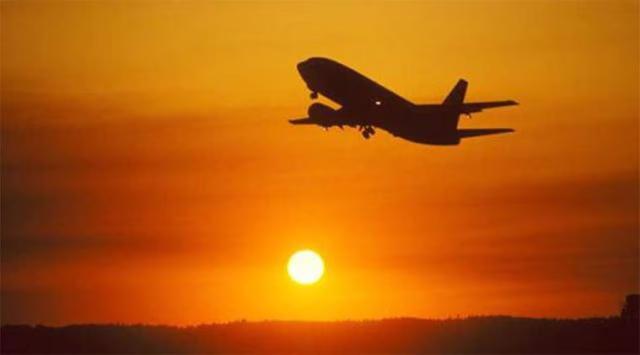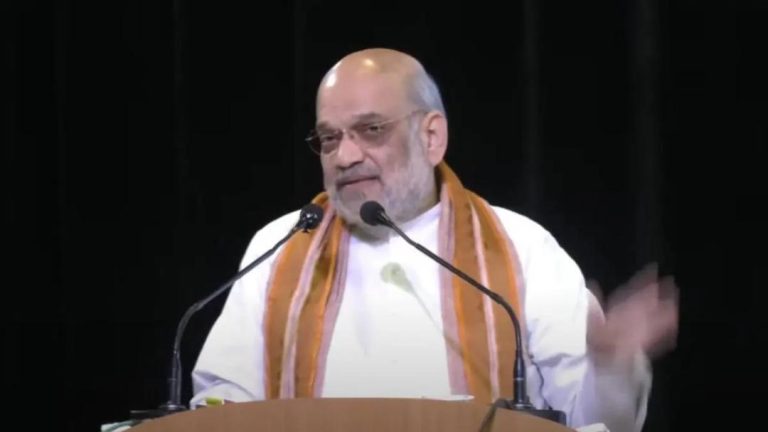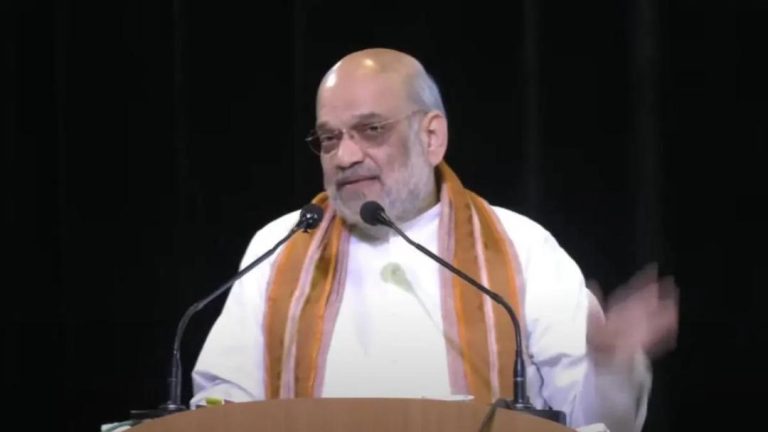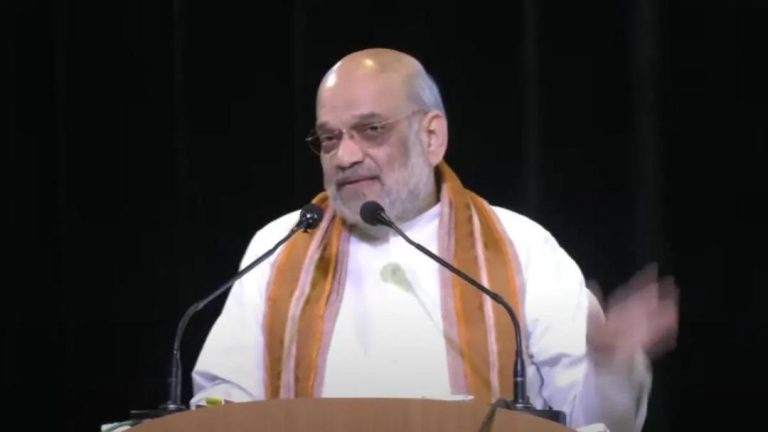
Class 12 Physics & Math Requirement for Becoming Commercial Pilot Might be Scrapped: Report
For years, aspiring commercial pilots in India have had to navigate a complex educational landscape. To be eligible for commercial pilot licence training, students have had to demonstrate a strong foundation in Science, Technology, Engineering, and Mathematics (STEM) subjects, particularly Physics and Math, in Class 12. However, it appears that this requirement might soon be a thing of the past. According to a recent report, the Directorate General of Civil Aviation (DGCA) is planning to scrap the current rule, paving the way for students from non-STEM backgrounds to become commercial pilots.
The change in policy, if implemented, will have significant implications for the aviation industry and students alike. For decades, commercial pilot training has been restricted to Science students, who have had to clear their Class 12 exams with a minimum of 60% marks in Physics and Math. This has led to a shortage of pilots from diverse backgrounds, limiting the diversity and inclusivity of the profession.
The decision to scrap the Physics and Math requirement is reportedly based on the DGCA’s assessment that the subjects are not essential for becoming a commercial pilot. The aviation regulator has been reviewing the curriculum and qualification requirements for commercial pilot training, and it appears that the emphasis is shifting towards more practical skills and aptitude tests.
The news has sent shockwaves through the education and aviation communities, with many students and parents wondering what this means for their future prospects. For students who have always been fascinated by the idea of becoming a commercial pilot, but were previously discouraged by the stringent academic requirements, this is a welcome development.
However, the change also raises questions about the suitability of non-STEM students for commercial pilot training. Critics argue that Physics and Math are essential subjects for understanding complex aviation concepts, such as aerodynamics, navigation, and meteorology. Without a strong foundation in these subjects, students may struggle to grasp the theoretical aspects of flight, which is critical for ensuring safety and efficiency in the skies.
Proponents of the change argue that the focus should be on practical skills, such as flying and communication, rather than academic credentials. They point out that many pilots from non-STEM backgrounds have successfully completed their training and gone on to have long and distinguished careers in the aviation industry.
The DGCA’s decision to scrap the Physics and Math requirement is also seen as a move to increase diversity and inclusivity in the aviation industry. By opening up commercial pilot training to students from non-STEM backgrounds, the DGCA is attempting to attract a more diverse pool of candidates, which could lead to a more representative and inclusive workforce.
However, the change also raises concerns about the potential impact on the quality of training and the safety of flights. Critics argue that a lack of understanding of complex aviation concepts could lead to mistakes and accidents, putting passengers at risk.
In conclusion, the potential scrapping of the Physics and Math requirement for commercial pilot training is a significant development that has far-reaching implications for the education and aviation industries. While the change may open up new opportunities for students from non-STEM backgrounds, it also raises questions about the suitability of such students for commercial pilot training. As the DGCA reviews its curriculum and qualification requirements, it will be essential to strike a balance between practical skills and academic credentials to ensure the safety and efficiency of the aviation industry.
Source:





